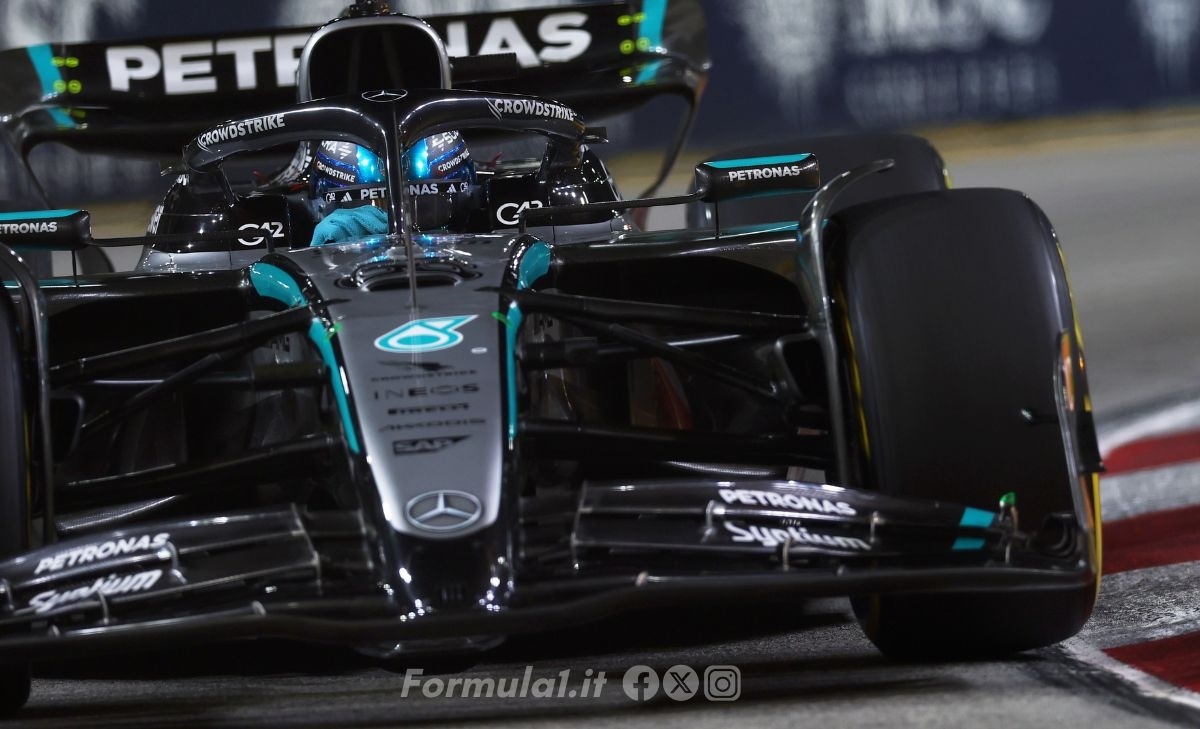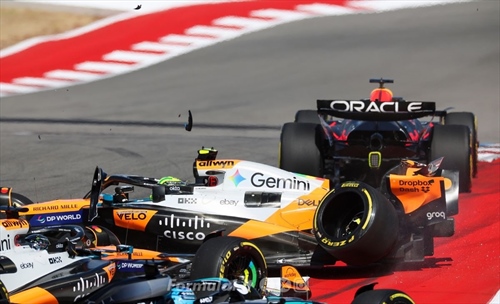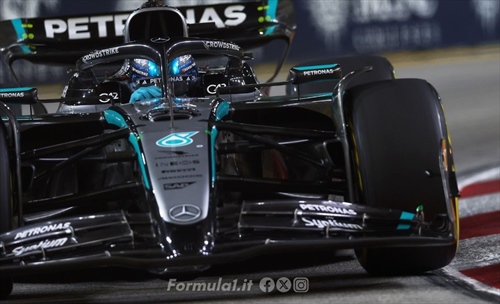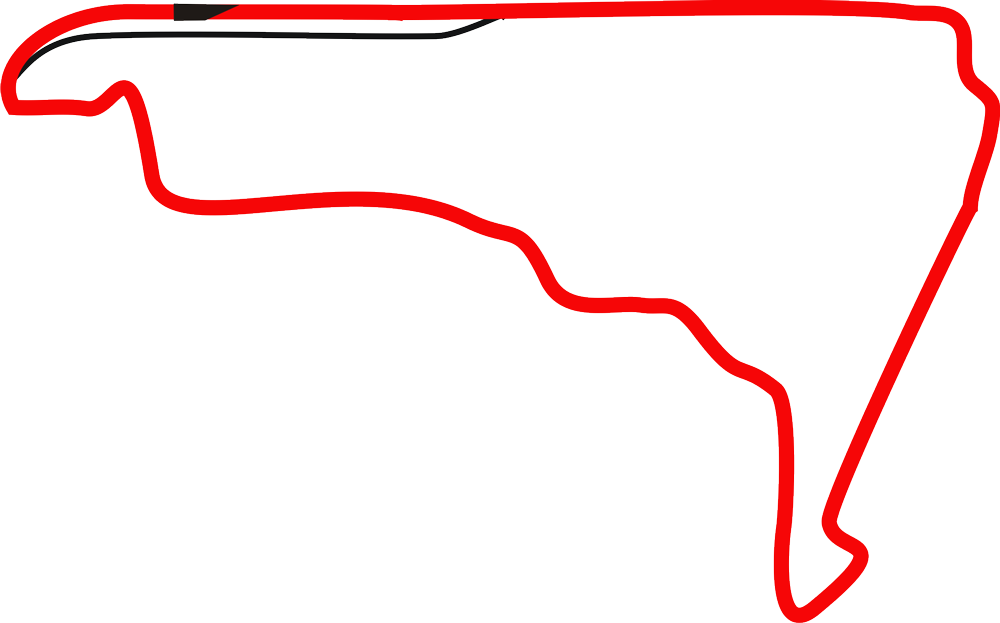One of the surprises of these last two months was certainly the front wing that Mercedes introduced during the Singapore GP. An event, among other things, in which the Stuttgart company returned to winning ways thanks to the performances of George Russell. But what happened to the flexy wing that was talked about so much in Marina Bay?
The wing disappeared after Singapore, the explanation of Mercedes' choices
From what we know it does not seem to have been taken either to Austin or to Mexico (and it is no coincidence that the performance of the W16 is back to pre-upgrade). For Mexico City, there is a rather logical explanation. Bringing a wing that flexes under the action of downforce generated by air pressure onto a runway, where air, due to extreme altitude, is thin, didn't make much sense. But why not take her to Texas?
As far as we know and the themes we have explored in depth, the teams have, or rather, had a tendency to use flexy wings on type circuits ‘Stop & Go’ more massively so as to have a lot of load in the corners (preferably slow) and at the same time have a notable reduction in drag on a straight line. This explains why we didn't see them in Austin and how it makes their use quite likely, at least by Mercedes, in the Las Vegas GP.

Brazil has some somewhat border-line characteristics, while as for Qatar, we believe that due to the many medium-speed corners, the solution is being shelved. The GPs in which there is the greatest probability of returning to talking about flexible wings are therefore Las Vegas and Abu Dhabi (two long straights and medium-low speed corners).
Notes and reflections
But in addition to this, we would like to share our reflections. A reasoning. Why do technicians tend to use flexible wings more on type tracks ‘Stop & Go’ and not for example on tracks like Silverstone? This is because, it seems, they are able to have greater control of the resulting aerodynamic effects. Let's explain ourselves better. In slow, low-speed corners, the aerodynamic drag is lower, so the wing rises and allows you to have the right amount of load needed to make the turns.
Also, in a straight line, when the wing pressure is greater, the wing lowers, the drag is less and the top speed of the single-seater increases. This evidence can also be easily replicated on the simulator and on the CFD. Furthermore, they can always be verified on the track through adequate data collection.
The writer, however, is convinced, or rather, is not completely disillusioned by the fact that there may be benefits in using flexy wings even in fast corners (perhaps we will talk about them again in another location). The primary problem is that studying the behavior of wings in a fast curve is not easy because we are dealing with a ‘transient’. That is, a situation, to try to be understandable to everyone, which changes as many variables change and it is extremely complicated to keep them all under control. At least for the moment.
Photo: Mercedes
Read also in italian language: Mercedes stupiva a Singapore, vediamo dove potrà tornare a flettere l'ala anteriore
All the news, photos, weather, session times and times from the Mexican GP 2025






